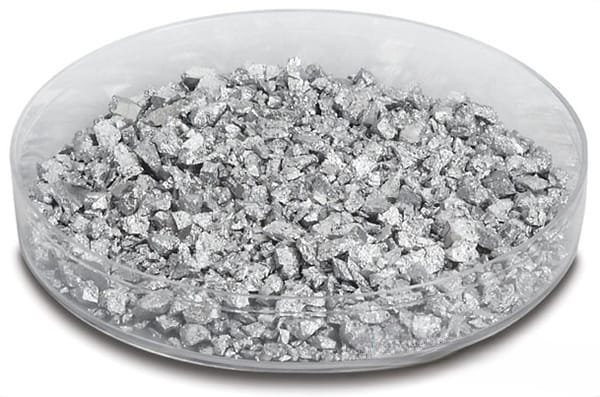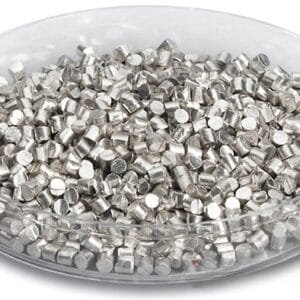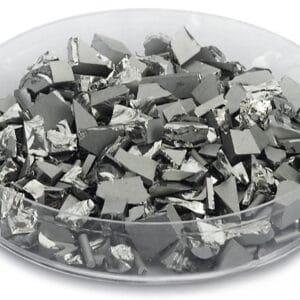Tellurium Evaporation Materials Description
Tellurium is a brittle, mildly toxic metalloid with a distinctive silver-white hue. It dissolves in sulfuric acid, nitric acid, aqua regia, potassium cyanide, and potassium hydroxide, but remains insoluble in both cold and hot water, as well as carbon disulfide. This versatile element finds applications across several industries, including semiconductor manufacturing, alloy production, and the creation of chemical raw materials, cast iron, rubber, and glass.
For high-precision deposition processes, the use of high-purity tellurium is essential to achieve top-notch film quality. TFM excels in providing tellurium evaporation materials with exceptional purity levels of up to 99.999%. Our rigorous quality assurance procedures ensure that these materials meet the highest standards of reliability and performance.
Tellurium Evaporation Materials Specification
| Material Type | Tellurium |
| Symbol | Te |
| Color/Appearance | Silvery Lustrous Gray, Semi-Metallic |
| Melting Point | 449 °C |
| Synonyms | Tellurium pellets, Tellurium Pieces, Tellurium Evaporation Pellet, Te Pellets, Te Pieces, Te Evaporation Pellet |
| Density | 6.24 g/cm3 |
| Thermal Conductivity | 1.97~3.0W/m.K |
Tellurium Evaporation Materials Application
Tellurium plays a crucial role in various deposition techniques, such as semiconductor deposition, chemical vapor deposition (CVD), and physical vapor deposition (PVD). Additionally, it is utilized in optics for applications like wear protection, decorative coatings, and display technologies.
Tellurium Evaporation Materials Packaging
Our tellurium evaporation materials are meticulously managed to ensure they remain undamaged during storage and transportation. We take great care to preserve the integrity and quality of our products throughout the entire process.
Get Contact
TFM offers tellurium evaporation materials in a range of forms, purities, sizes, and price points. We focus on producing high-purity e-beam evaporation materials with exceptional density and minimal average grain sizes. For current pricing on evaporation pellets and other deposition materials not listed, please contact us directly with your inquiry.


 MSDS File
MSDS File



Reviews
There are no reviews yet.